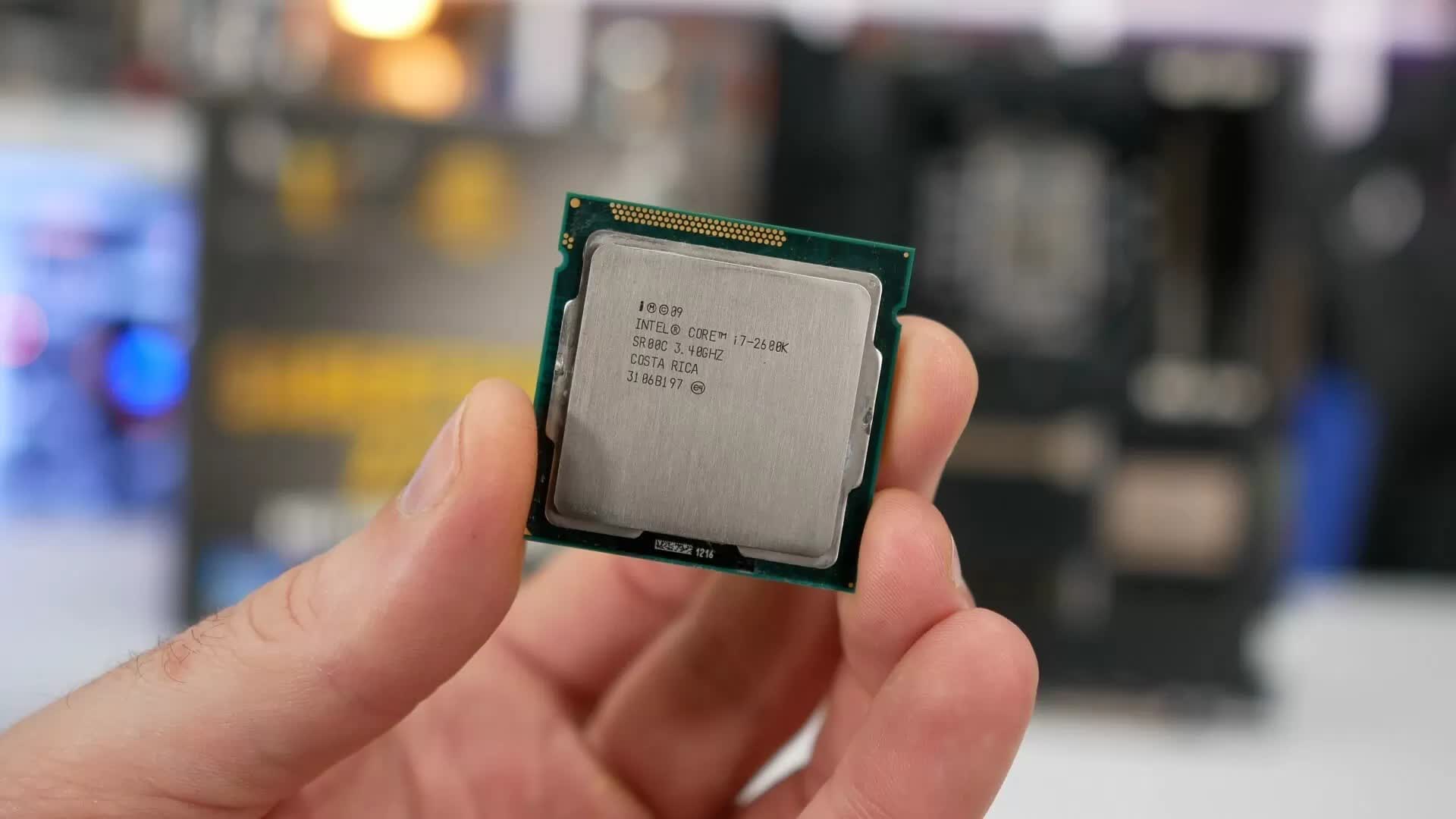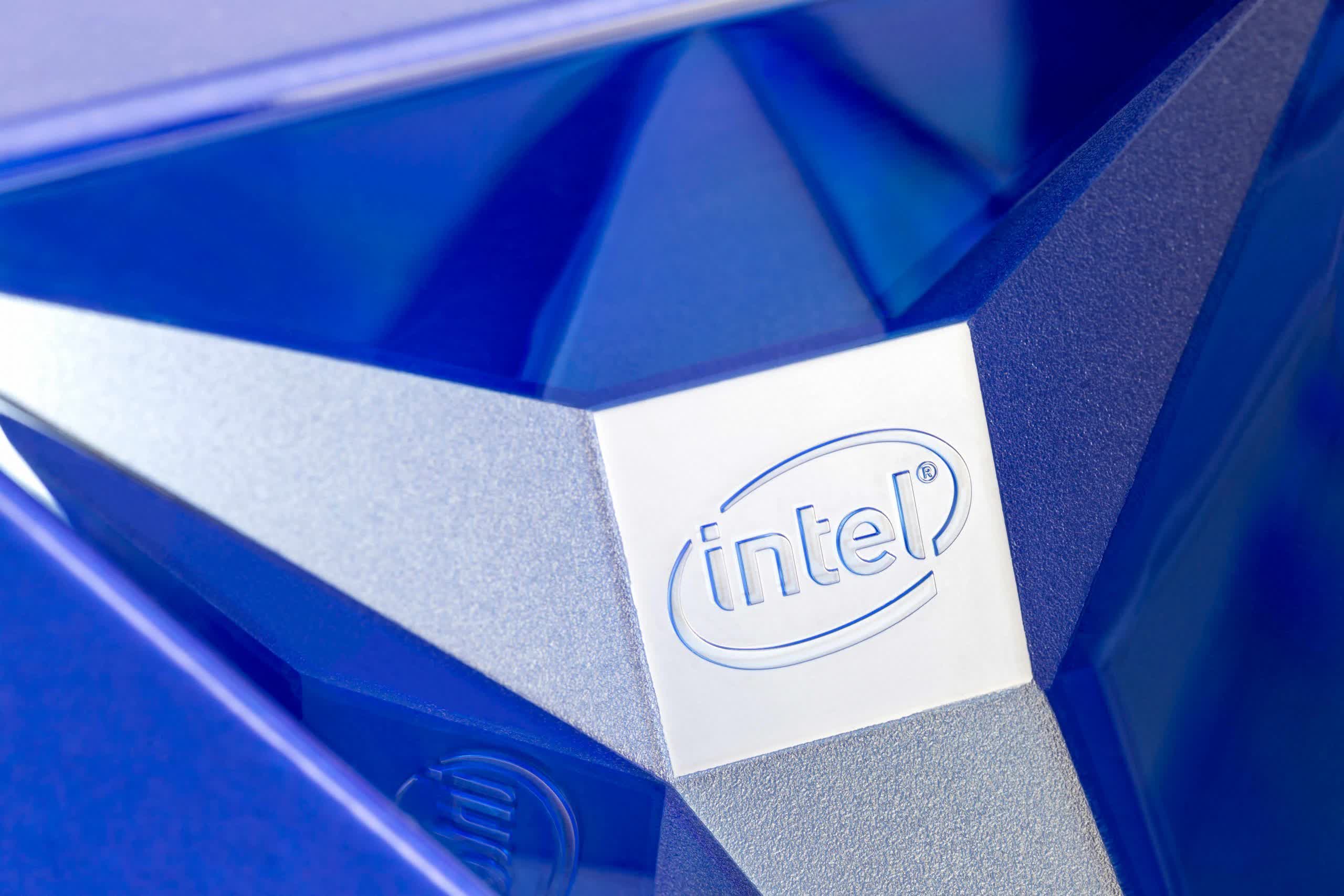Cutting corners: Intel has decided to discontinue its Performance Tuning Protection Plan service, which served as a supplementary warranty that enthusiasts could purchase for CPU overclocking. Effective March 1, 2021, Intel will no longer be offering new PTPP plans, though they will continue to honor and service existing PTPP plans throughout the life of the processor's warranty period.
Intel's PTPP launched way back in 2012 between the Sandy Bridge and Ivy Bridge era that spawned some of Intel's most memorable overclocking chips – such as the seemingly immortal Core i7-2600K.
The service was trotted out initially as a 6-month pilot program, but went on to stick around for 9 years.
For a modest price – between $19.99 and $29.99 – aspiring overclockers could purchase the optional warranty that would protect against the inherent risk of damaging a CPU during overclocking. There were a few caveats, however.
First, the overclocking failure had to occur within Intel's original warranty. Intel's boxed processors (that is, not tray SKUs) have historically carried a three-year warranty. Secondly, Intel would only issue one replacement, and users could not purchase another PTPP warranty for that replacement; it was one and done.

While seeing Intel kill off PTPP is a bit sad, it's not altogether a surprise either. Intel noted in its announcement that it has seen an overall decreased demand as "customers increasingly overclock with confidence."
Plus, general overclocking isn't as arcane as it used to be. Intel's boosting technology, such as Turbo Boost and Thermal Velocity Boost, already extract a lot of extra clock speed that used to be left for overclockers.
Intel also pushes its current suite of overclocking software aimed at making the process a bit easier and safer for the inexperienced to get into. Additionally, motherboard vendors offer their own overclocking tools and safety measures that have helped make overclocking more mainstream. Intel notes that the Xeon W-3175X is unaffected, as overclocking is automatically covered for the chip.
Image credit: ArieStudio
